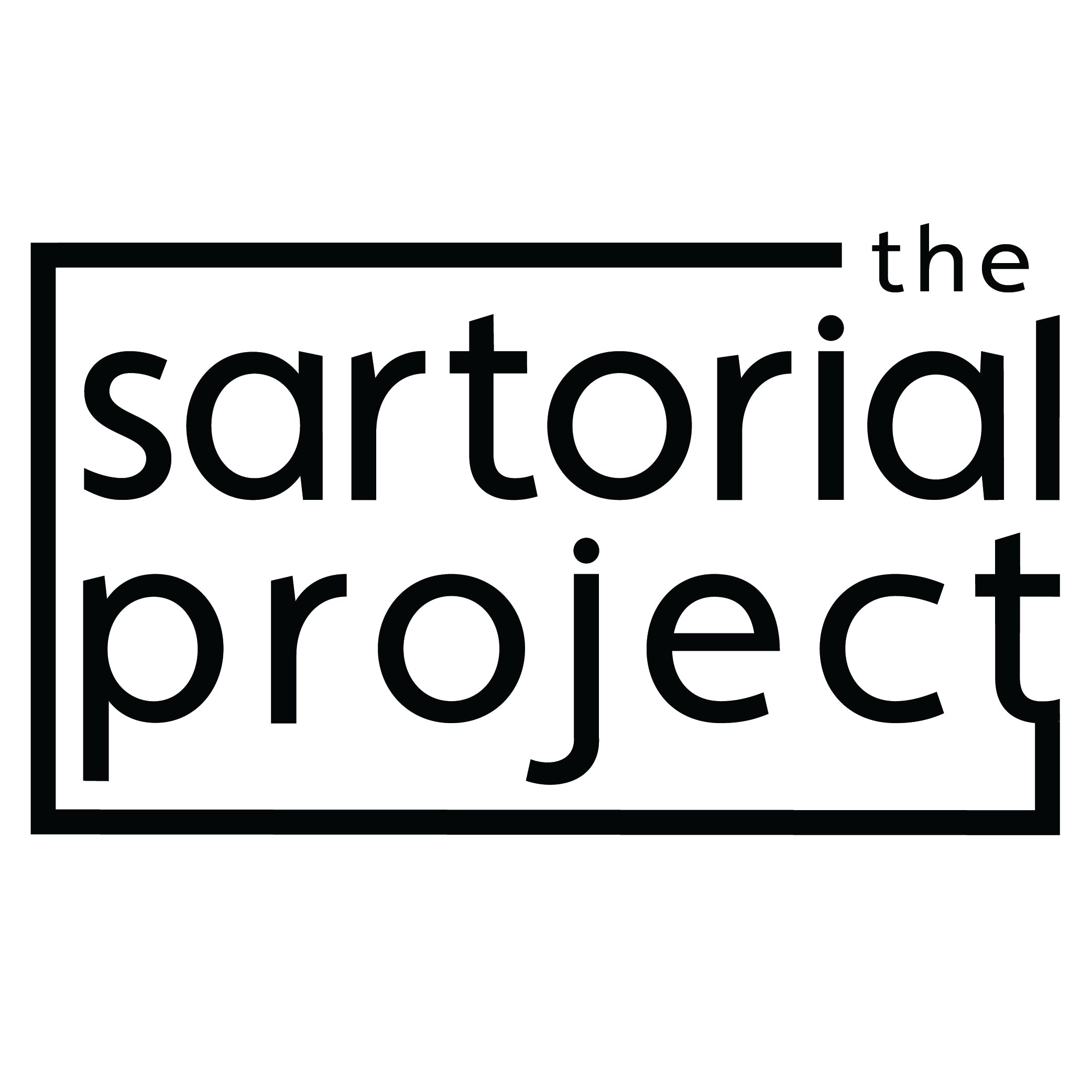Moulage :: Flat patternmaking :: Digital Patternmaking
Designers realise their garment design using a variety of techniques. These range from moulage (draping directly with fabric on a mannequin or form) to flat and digital patternmaking.
There is no right or wrong way to create patterns, what is key is consistency in the sizing and the accuracy in how the patterns go back together!
Moulage/drape – this technique allows the designer to work directly with the fabric in hand to see what the fabric can do. Rather than design the garment on paper, the draping process can guide the design, creating unexpected outcomes. Design proportions, continuity and details can be assessed quickly to make sure they are working with the overall design.
Flat patternmaking – using measurements or basic pattern blocks, flat patterns are designed on paper. Design lines, darts and seam allowances are added, and a toile is made to test the proportion and fit. The pattern can be tweaked and adjusted then graded in the required size range. The advantage of this technique is that you are mostly working to scale, however some designers like to work in half, third or quarter scale to create the initial pattern and then scale up.
Digital patternmaking – like flat patternmaking, measurements or basic digitised pattern block are used to generate a garment design. This technique can help create patterns quickly, but from a teaching perspective, it is good for students to have a grounding in flat patternmaking or moulage first to understand the intrinsic qualities of fabric, shape, form, silhouette, line, continuity around the body and fit. The disadvantage of this technique is that you are often limited to screen size.
Combinations of all these techniques can be used together. Personally, I like to drape to generate design ideas > from here create a paper pattern> next digitise to create a digital file and finally tweak and grade the final pattern using digital patternmaking software.

